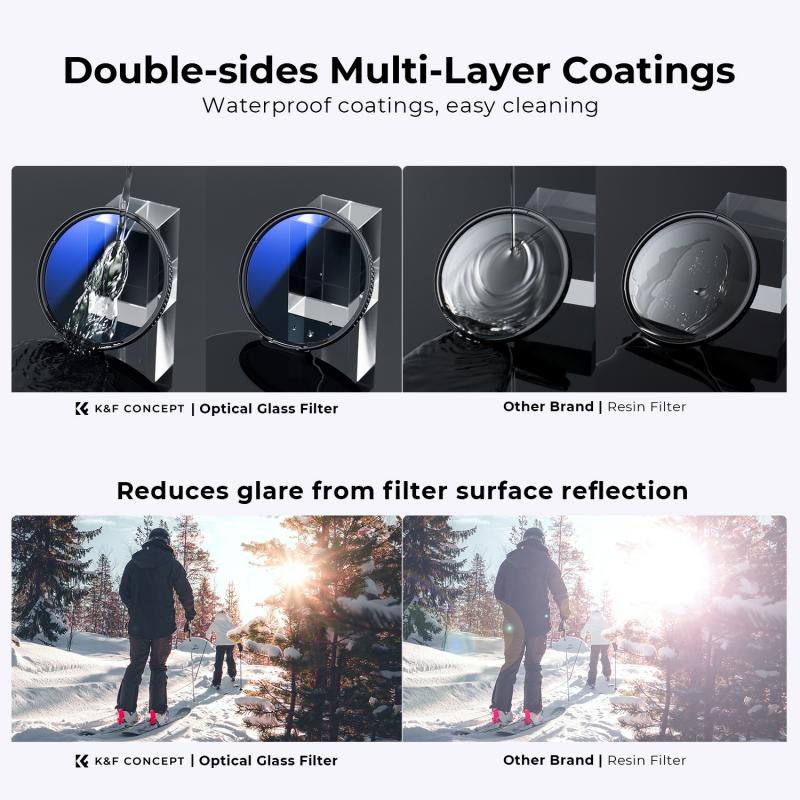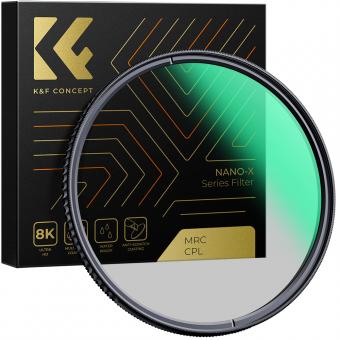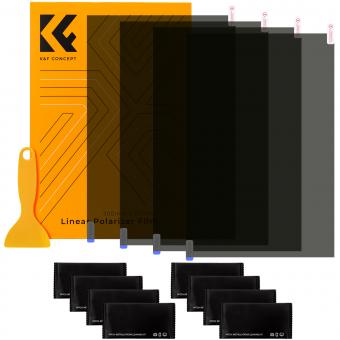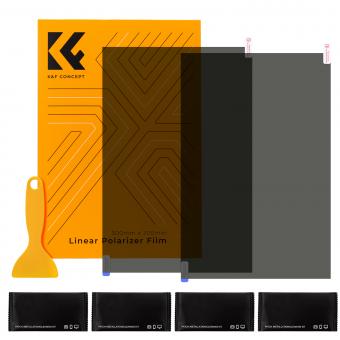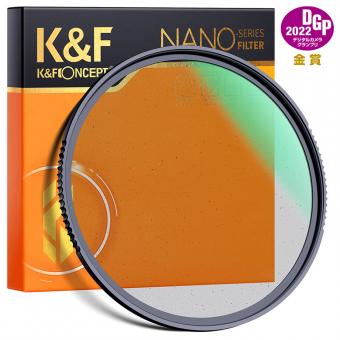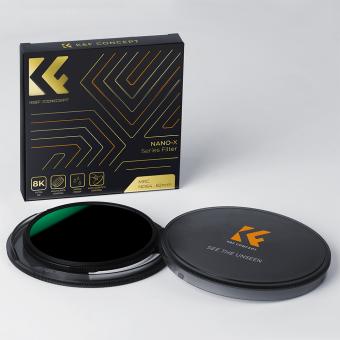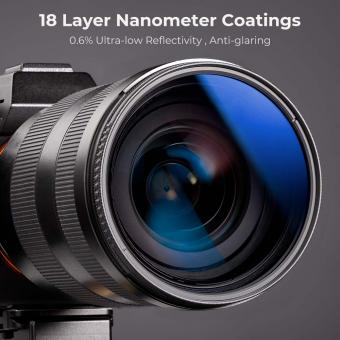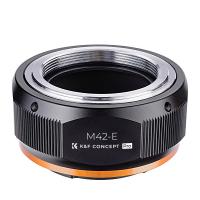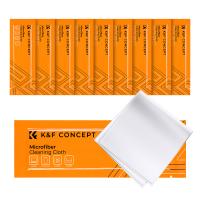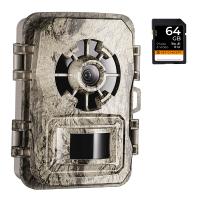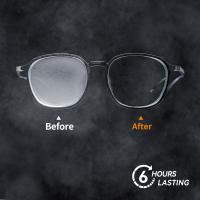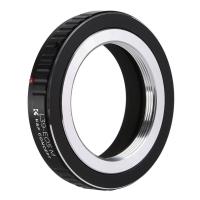Why Use A Polarizing Filter ?
A polarizing filter is used in photography to reduce glare and reflections from non-metallic surfaces such as water, glass, and foliage. It can also enhance the color saturation and contrast of the image, making it appear more vibrant and vivid. The filter works by blocking certain polarized light waves that are reflected off the surface, allowing only the desired light to pass through the lens and onto the camera sensor. This results in a clearer and more detailed image with improved color accuracy. Polarizing filters are commonly used in landscape and outdoor photography, as well as in architectural and product photography where reflections can be a problem. They are available in different strengths and sizes to fit various lenses and camera models.
1、 Reducing Glare and Reflections
Why use a polarizing filter? One of the main reasons is to reduce glare and reflections. When light reflects off of a surface, it becomes polarized, meaning the light waves are all oriented in the same direction. This can create unwanted reflections and glare, especially when photographing water, glass, or other shiny surfaces.
A polarizing filter works by blocking light waves that are oriented in a certain direction, allowing only light waves that are oriented in a perpendicular direction to pass through. This can help to reduce or eliminate reflections and glare, resulting in a clearer and more vibrant image.
In addition to reducing glare and reflections, polarizing filters can also enhance colors and contrast in a scene. By blocking certain wavelengths of light, a polarizing filter can help to bring out the natural colors and textures in a subject, making it appear more vivid and detailed.
It's important to note that polarizing filters work best when the light source is at a 90-degree angle to the subject. This means that they are most effective when shooting outdoors on a sunny day, where the sun is high in the sky and casting strong shadows.
Overall, a polarizing filter can be a valuable tool for any photographer looking to improve the quality of their images. Whether you're shooting landscapes, portraits, or still life, a polarizing filter can help to reduce glare and reflections, enhance colors and contrast, and create a more visually appealing image.
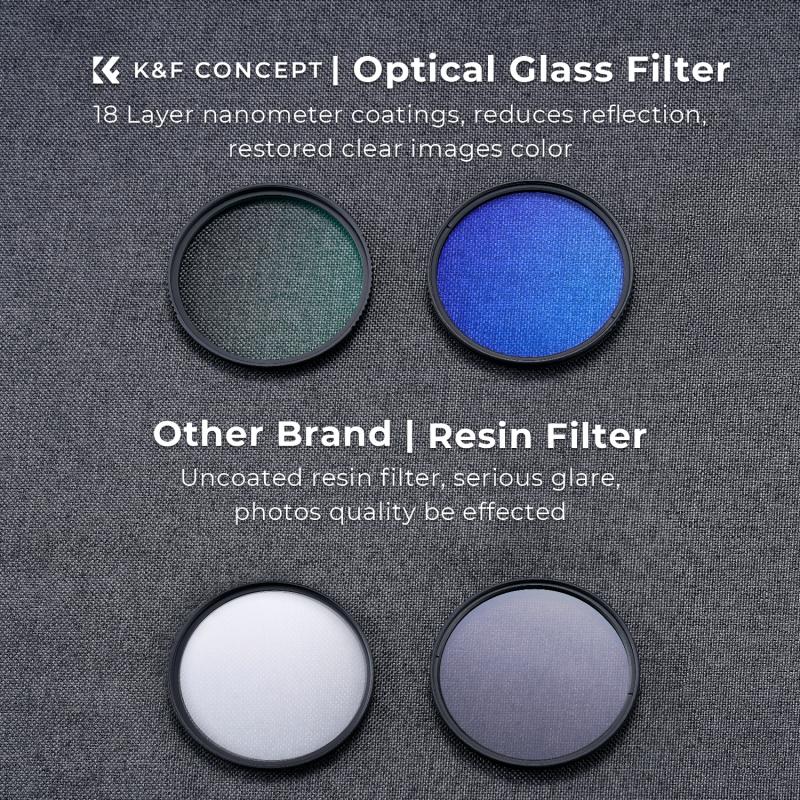
2、 Enhancing Color Saturation
One of the main reasons to use a polarizing filter is to enhance color saturation in your photographs. This is because polarizing filters work by reducing the amount of reflected light that enters your camera lens, which can help to eliminate glare and reflections from surfaces such as water, glass, and metal. By doing so, the colors in your images become more vibrant and saturated, resulting in a more visually appealing photograph.
In addition to enhancing color saturation, polarizing filters can also help to improve the overall quality of your images by reducing haze and increasing contrast. This is particularly useful when shooting landscapes or outdoor scenes, as it can help to bring out the details in the sky and clouds, as well as the colors of foliage and other natural elements.
From a more recent point of view, polarizing filters are also useful for reducing the amount of blue light that enters your camera lens, which can help to reduce eye strain and improve sleep quality. This is particularly important for photographers who spend a lot of time shooting outdoors or in bright sunlight, as blue light can be particularly harsh on the eyes.
Overall, using a polarizing filter can be a great way to enhance the colors and overall quality of your photographs, while also providing some additional health benefits for both you and your viewers.
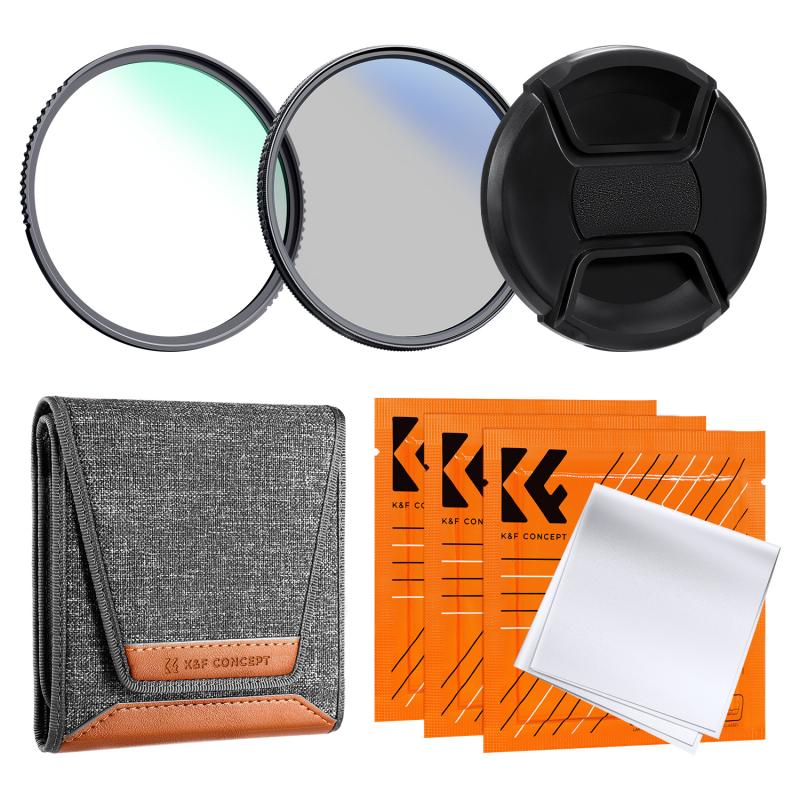
3、 Increasing Contrast and Detail
A polarizing filter is a valuable tool for photographers and videographers who want to enhance the quality of their images. One of the primary reasons to use a polarizing filter is to increase contrast and detail in your photos or videos. This is achieved by reducing glare and reflections on surfaces such as water, glass, and metal.
When light reflects off these surfaces, it becomes polarized, meaning that the light waves are aligned in a specific direction. A polarizing filter works by blocking light waves that are not aligned with the filter's orientation, allowing only the polarized light to pass through. This results in a reduction of glare and reflections, which can make colors appear more vibrant and increase the overall contrast of the image.
In addition to enhancing contrast and detail, a polarizing filter can also improve the overall quality of your images by reducing haze and atmospheric distortion. This is particularly useful when shooting landscapes or outdoor scenes, where the sky can appear washed out or hazy.
Another benefit of using a polarizing filter is that it can help to protect your lens from scratches, dust, and other debris. This is especially important for outdoor photographers who may be shooting in harsh environments.
Overall, a polarizing filter is a valuable tool for any photographer or videographer who wants to improve the quality of their images. By reducing glare and reflections, increasing contrast and detail, and improving overall image quality, a polarizing filter can help you to capture stunning photos and videos that truly stand out.

4、 Improving Sky and Clouds
One of the main reasons to use a polarizing filter is to improve the appearance of the sky and clouds in your photographs. A polarizing filter can help to reduce glare and reflections in the sky, making it appear more vibrant and saturated. This is particularly useful when photographing landscapes or outdoor scenes where the sky is a prominent feature.
In addition to improving the appearance of the sky, a polarizing filter can also help to enhance the colors and contrast in your images. By reducing the amount of scattered light that enters the lens, a polarizing filter can help to bring out the natural colors and textures in your subject, making it appear more vivid and detailed.
Another benefit of using a polarizing filter is that it can help to reduce haze and atmospheric distortion in your images. This is particularly useful when photographing distant landscapes or cityscapes, where the air can often be hazy or polluted. By cutting through the haze, a polarizing filter can help to create a clearer, more detailed image.
Overall, a polarizing filter is a valuable tool for any photographer looking to improve the quality of their outdoor images. With its ability to enhance the sky and clouds, boost colors and contrast, and reduce atmospheric distortion, a polarizing filter is a must-have accessory for any serious photographer.
